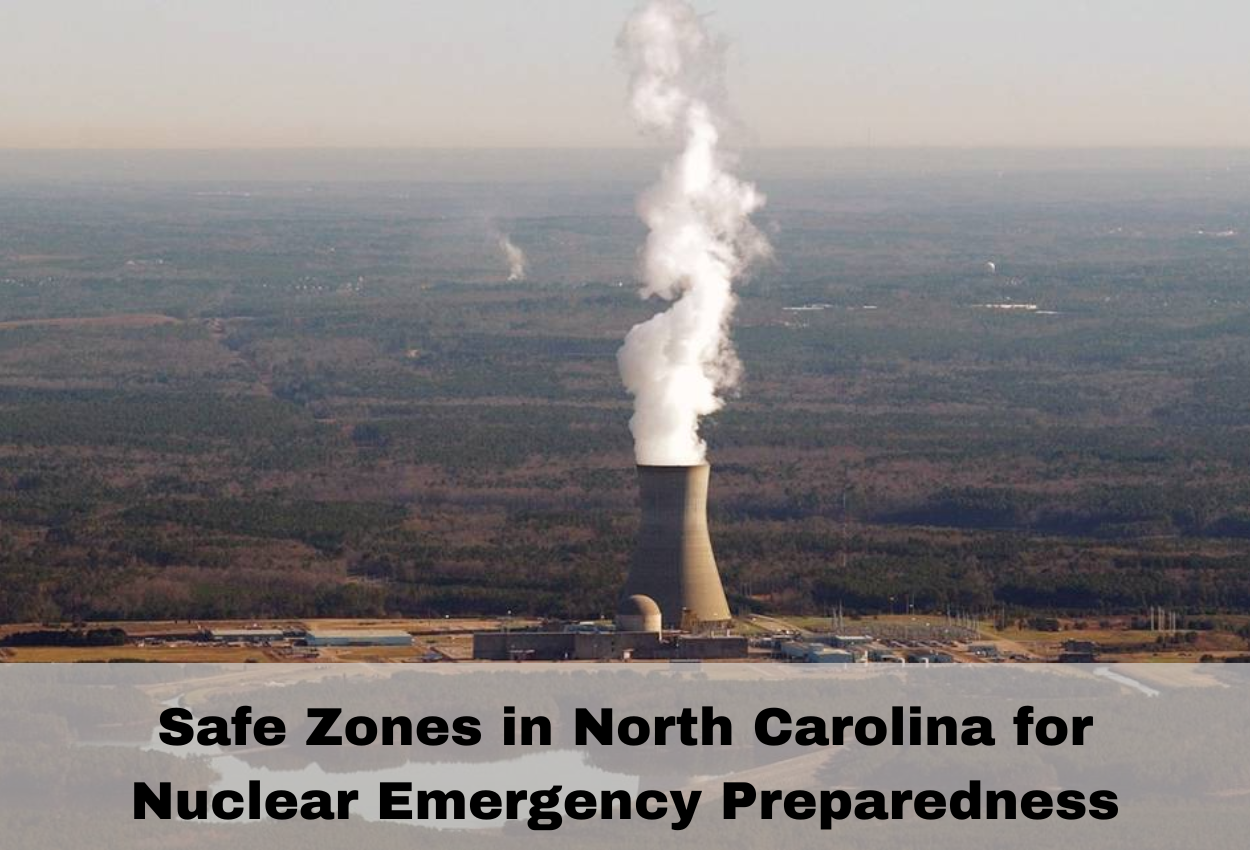During a visit to western North Carolina on Friday, President Donald Trump discussed the possibility of eliminating or significantly reforming the Federal Emergency Management Agency (FEMA). The president’s comments came as part of his ongoing tour of disaster zones following the devastation caused by Hurricane Helene in September. His remarks have sparked debate about FEMA’s future and the federal government’s role in disaster relief.
Trump Criticizes FEMA’s Performance
At a briefing in the Asheville area, President Trump didn’t hold back in his criticism of FEMA, calling the agency “a very big disappointment.” He added that FEMA has been “very bureaucratic” and “very slow,” with costs running high. According to Trump, the inefficiency of FEMA has led to a slow disaster response, which, in his view, has only worsened the challenges communities face during recovery efforts.
Trump hinted that he might soon sign an executive order to start a process of “fundamentally reforming and overhauling FEMA,” or even possibly eliminating it altogether. The president voiced his belief that the responsibility for disaster response should fall more on individual states rather than the federal government.
State Control Over Disaster Response
During his visit, Trump suggested that states should have more control over managing natural disasters such as hurricanes, tornadoes, and other emergencies. He argued that if states handled these situations themselves, disaster relief would be cheaper and more efficient.
“Let the state take care of tornadoes and hurricanes and all the other things that happen,” Trump said. “I think you’re going to find it a lot less expensive. You’ll do it for less than half, and you’re going to get a lot quicker response.”
Trump’s statement reflects a recurring theme in his administration’s approach to governance—favoring state responsibility over federal oversight in various areas, including disaster relief.
Trump’s Call for Faster Recovery
Trump also promised to cut through the “red tape” that he claims slows down recovery efforts. He announced plans to sign an executive order that would bypass the usual permitting process for infrastructure projects, which he believes would allow for faster rebuilding of damaged areas. “We’re going to go through a permitting process called ‘no permitting, just get it done,’” Trump said, advocating for quicker action to rebuild North Carolina’s roads and infrastructure.
North Carolina Governor Requests More Aid
Although Trump criticized FEMA, he acknowledged the need for more aid for North Carolina’s recovery efforts. During his visit, North Carolina Governor Josh Stein expressed gratitude for the president’s attention to the state’s struggles. Stein asked Trump for an additional $20 billion in disaster relief funding, as well as a six-month extension for 100% federal reimbursement for eligible FEMA expenses.
North Carolina’s recovery from Hurricane Helene has been slow and expensive, with total damages from the storm estimated at $53 billion—making it the most costly disaster in the state’s history. The governor’s request highlights the ongoing financial burden that the state faces in rebuilding and supporting affected communities.
FEMA Responds to Criticism
Despite Trump’s harsh words, FEMA has been actively involved in North Carolina’s recovery process. According to FEMA, over $316 million in cash grants have been distributed to residents of western North Carolina, including more than $6.2 million in rental assistance. Additionally, nearly 13,000 households have been provided with temporary housing through FEMA’s Transitional Sheltering Assistance program.
FEMA’s response comes after Trump’s earlier claims about the agency diverting resources from disaster relief to assist unauthorized migrants. FEMA’s fact-checking page has countered those assertions, maintaining that no funds were diverted from disaster relief efforts to support migrant-related initiatives.
Moving Forward
As President Trump continues to criticize FEMA’s role in disaster response, the agency’s future remains uncertain. His comments about the potential for reform or elimination of FEMA are likely to spark ongoing debates about the role of the federal government in disaster relief. Trump’s push for state control over disaster management, combined with his promise to bypass the usual red tape, could lead to significant changes in how the U.S. responds to large-scale natural disasters.
However, FEMA’s involvement in disaster recovery, especially in North Carolina, highlights the critical role federal agencies play in providing relief to communities in need. Whether the agency will undergo significant changes or continue in its current form remains to be seen as Trump’s executive order process unfolds.
Disclaimer—Our team has checked this article to ensure its accuracy and eliminate any misinformation. We are committed to providing clear and reliable information for our readers.




